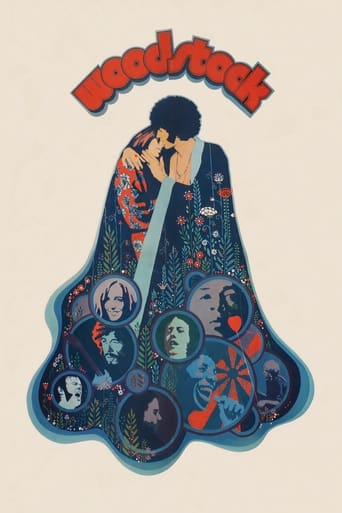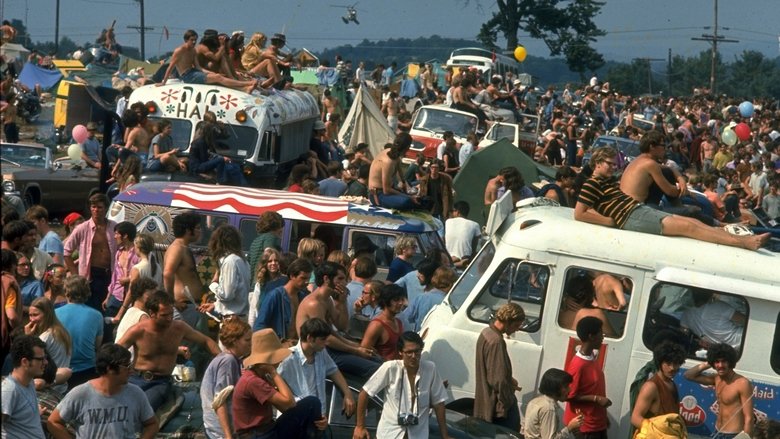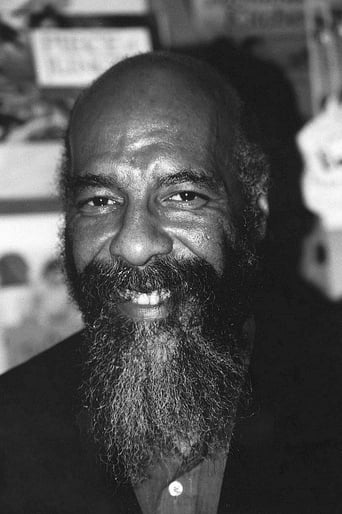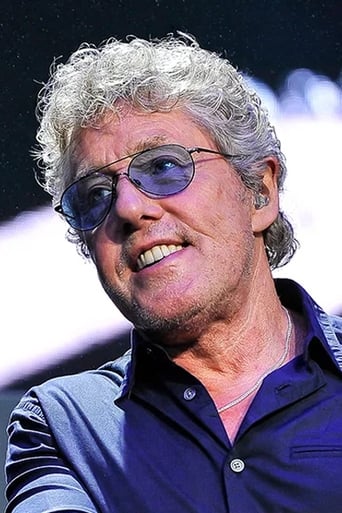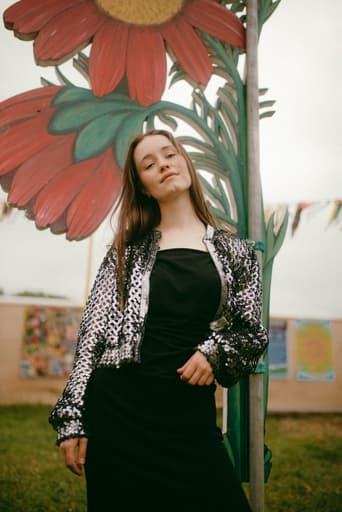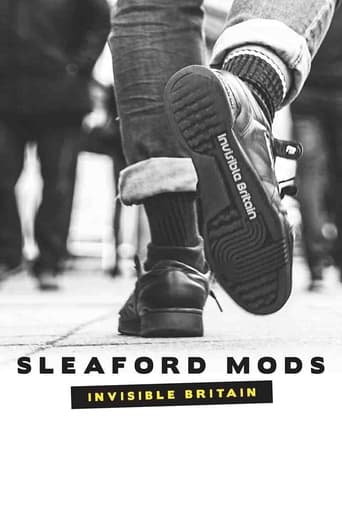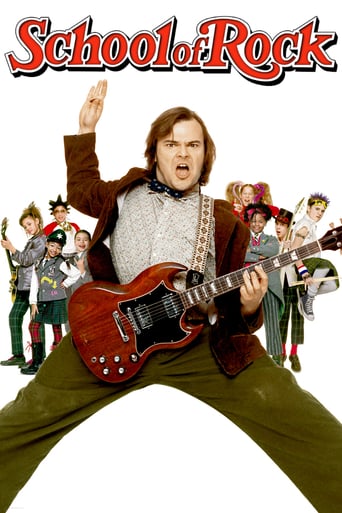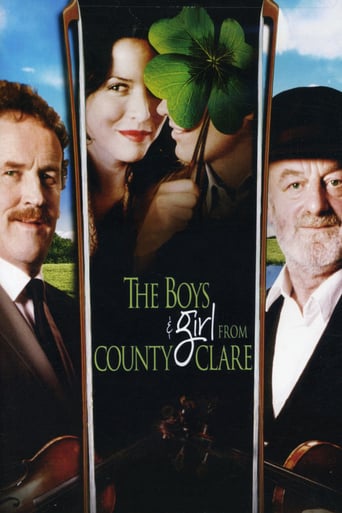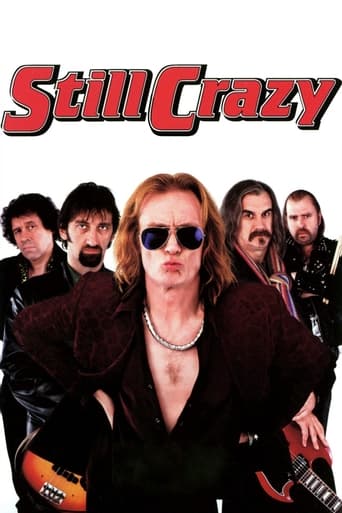Woodstock (1970)

An intimate look at the Woodstock Music & Art Festival held in Bethel, NY in 1969, from preparation through cleanup, with historic access to insiders, blistering concert footage, and portraits of the concertgoers; negative and positive aspects are shown, from drug use by performers to naked fans sliding in the mud, from the collapse of the fences by the unexpected hordes to the surreal arrival of National Guard helicopters with food and medical assistance for the impromptu city of 500,000.
Watch Trailer
Cast
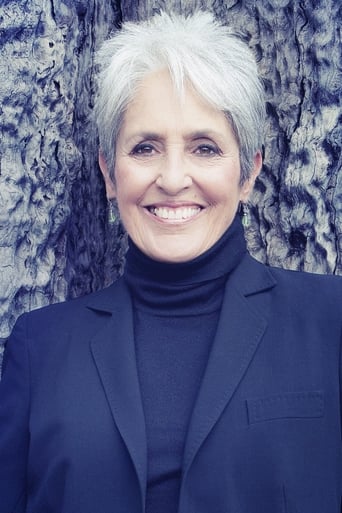


Similar titles
Reviews
I watched the 224 minute version and that is the one one has to watch. Awesome and more. It was so amazing to see all of the different acts that played. You can't beat seeing Jimi Hendrix and Janis Joplin perform and get nostalgic on what more might have been with their careers. I always strictly had the stereotype of associating Woodstock with sex only. Of course it was about sex and drugs, but it was about a certain freedom that none of us really truly get to experience in our lives, ever. A certain peace. I learned so much more about what Woodstock really stood for, and it really opened my eyes. Each generation is different obviously. Each generation has their good, their bad and their ugly. But Woodstock demonstrated something so pure, something that can never be recreated again. Each generation has different beliefs and each generation fights for something different. These people at the 1969 Woodstock fought for something that ended up transcending to the world what they were fighting for, what they were all about, and it was absolutely beautiful. All walks of life too, all kinds of people their at Woodstock 1969. It's sad to say with this generation that if we ever had another Woodstock, it would be just like the one of 1999. Fake, phony, people wanting to push the envelope for their own personal gain and agenda, anger, rage, etc. It's sad to say this generation is one of laziness, impatience, anger, and getting fat(see how skinny those people were in 1969. Their bodies were shaped different too. It's got be the different food and medicine we take as the years go by that make our bodies different. Also plastic surgery). The Movie Wall-E has really predicted where our society is heading. It's sad in a way that we can't be more like these people of 1969 from this documentary. Of course, the ultimate sadness is most of the hardcore hippies that were there at Woodstock 1969 probably conformed to the society norms with jobs, health care, insurance, etc. You have too or you just end up dying or living your life as bum. You almost have to conform at some point. I'm sure there's some that never did though.
I was too young for Woodstock, but I heard of it spoken in reverent tones over the years. I also heard great things about Michael Wadleigh's 1970 documentary-concert. Despite this, I put off seeing the film. Maybe because I thought it was going to be some roll-your-eyes groovy experience, man. I don't know, but I didn't get around to viewing it until the late 90s and I was blown away. I've seen it three or four more times since then and it always has the same awe-inspiring effect.The concert took place over 3.5 days in mid-August, 1969, at the height of the Vietnam fiasco and the counterculture movement. Twice as many people attended than expected and it was the biggest gathering of people in one place in history, about 400,000, only beat by the infamous Isle of Wight concert in England a year later.The film shows the good and bad of the hippie culture. Generally speaking, the movement was a reaction against the Vietnam war and the sterile legalism that America and similar countries had devolved into by the early-mid 60s. The youth wanted freedom, peace and love and you can see this in the movie. It was a good thing. Yet you can also see the bad -- like the bad acid situation ("Hey, it's your trip, man..."). Both Janis Joplin and Jimi Hendrix appear at Woodstock, and they're great, but they'll be dead in a little over a year, both only 27 years-old. Jim Morrison and the Doors didn't play because they declined at the last moment and later regretted it. Jim died shortly after the other two, also only 27. Interestingly, Jethro Tull declined because Ian Anderson didn't like hippies and was concerned about things like inappropriate nudity (?!).But I don't mean to put a downer on Woodstock because it was an amazing event, never to be repeated. They tried to repeat it at Altamont Speedway in California, less than four months after Woodstock, and also at Isle of Wight, but both festivals turned out badly and put the the kibosh on the movement's noble ideals, even though it was pretty much inevitable since freedom without wise parameters naturally devolves into chaos and self-destruction.Regardless, as a snapshot in time, "Woodstock" is fascinating and supremely entertaining. Half of the appeal is the incredible magnitude of the event itself and the footage of the people -- the hippies who came and the adults who lived there and tried to help or, in a couple cases, complained. This includes the fun and sometimes outrageous escapades of the festival. A good example would be the skinny dipping or, in many cases, semi-skinny dipping. Although this may have been a cool experiment at the event it never caught-on in the culture at large. Why? Probably because few people want to see someone else's Captain Winky and, unless a female has the body of a starlet, who wants to see it? (lol).But what can explain the mass appeal of Woodstock? What made the hippies come out en masse? Was it just the music? The filmmakers ask this very question of a guy at the festival who looks about 16-17 years old. He says it wasn't just the music, at least not for him. The hippies crawled out of the woodwork, so to speak, like zombies seeking some kind of solace, a sense of community, a reason to... live. And Woodstock met that need. The other half of the appeal is, of course, the performances and music. What's amazing is how diversified the styles of music were and how non-heavy. Don't get me wrong, many of the performances are seriously energetic, but they're light compared to what rock/metal evolved into in the 70s to the present. There was acoustic folk, Caribbean, blues, rock, gospel, pop, 50s, Latin rock, jazz fusion and psychedelic rock. Some of it I like and some of it I don't much care for, but they're all entertaining in one way or another. Since I'm into metal, my favorites are Santana, The Who and Jimi Hendrix, but I also enjoy a lot of the lighter stuff, like Joan Baez ("Swing Low Sweet Chariot") and Arlo Guthrie ("Coming into Los Angeles"). And then there are the acts that come out of left field, like Sly and the Family Stone and Sha Na Na, even Ritchie Havens.What's amazing is how brief the classic hippie era was. It started around '65 and its apex was Woodstock in August '69, a mere four years later. From there it was all downhill with Altamont, Isle of Wight and the deaths of the movement's principal musical icons. As such, it only lasted some eight years.Thankfully, we have this film to see the good aspects of the period -- some bad, some eye-rolling -- but mostly good, and definitely entertaining.The film was shot in White Lake, New York, and runs 184 minutes while the 1994 Director's Cut runs 225 minutes. I've only seen the latter.GRADE: A
Woodstock (1970) **** (out of 4) Oscar-winning film is part documentary and part concert film as it captures three days at Woodstock, NY where between August 15-18 a countless number of people showed up for some great music by the best known artists of the time. The director's cut, clocking in at 225-minutes, is mammoth in regards to everything it captures but no matter which version you watch, the documentary remains something so important that you can't help but be transported back to the actual event. As a documentary this is an important film just because of what this concert has become over the past few decades and it really captures the mood of the times. There are several times in the movie where we concentrate on the people in the crowd and this includes not only the wild stuff with the sex and drugs but we also get some interviews where the kids talk about their parents not understanding what they're about and why they have long hair. It's really amazing that through all the wild and crazy drugs and music that the film allowed some quiet, more tender moments and it works. As the festival went on and people ran out of food and water, the things grew more crazy and we get some of the most iconic scenes in history.As far as the music goes, there were a lot of festivals in the history of rock 'n roll around this time but I think it would be fair to say that this here contained the greatest line up. It really does seems as if the artists just walked out on that stage, saw the huge crowd and knew that they had better bring their A game. I think this is one concert film where you could say that there's really not a weak performance to be found. You could pretty much call every performance a highlight but some that really stand out include: Richie Havens (Freedom), Canned Heat (A Change Is Gonna Come), The Who (Summertime Blues), Joe Cocker (With a Little Help From My Friends), Arlo Guthrie (Coming Into Los Angeles), Crosby, Stills & Nash (Suite: Judy Blue Eyes), Country Joe McDonald (Feel-Like-I'm-Fixing-to-Die-Rag), Sly and the Family Stone (Dance to the Music), Janis Joplin (Work Me, Lord) and of course Jimi Hendrix closing out the film with a set including a masterful "The Star-Spangled Banner," which has to be one of the greatest performances ever given on a guitar.WOODSTOCK, whether in its original version or the director's cut, is pure magic and it's just amazing that the filmmakers were able to get all of this stuff on camera. They could have just shot the stuff on the stage and it would have been a masterpiece because of how great the performances are. By the filmmakers knowing that they had something special on their hands and filming the people in the crowd, they really captured something for a generation. The event now is seen as something legendary and we're all lucky that we have it on film for future generations to see.
This four DVD collection is essential: the director's cut of the film, one DVD of extra music and one DVD of interviews. This last DVD is interesting for the technical details and all the material conditions. It is anecdotal and somewhere it misses the essential point: the music – as a representative of the world – of the twentieth century has been through a revolution and Woodstock is the first demonstration (like in science and mathematics) of the total jump of the whites in America, slightly after the British and the Europeans, into endorsing that new music. To find what is so original in that new music is not that difficult today if we have followed the vast research in the whole world about music all along human history. Listen to the DVDs or to the CDs and you will find out that this music has one characteristic that unifies all the styles or nearly: it is polyrhythmic. It is so obvious that discussing the point is pointless. Back in Europe and in the 20s and 30s there had been some attempts in "classical" or "symphonic" music to produce polyrhythmia but it had failed to conquer the vast popular public. Popular music was entirely locked up in good old songs and good old monorhythmia. What is polyrhythmia that Mr. Word's Dictionary refuses? It is the fact that a superficial and traditional rhythmic line, generally binary or ternary, covers up and is articulated upon a far faster rhythmic line that can run in multiples of two or three. That faster rhythm can be carried by the modern drums (where do they come from?) or contained in the singing or in the melodious line of one particular instrument, the bass or the lead guitar used as a rhythmic accompaniment. That was invented in the United States of America and was the consequence of a social, political and geo-demographic phenomenon known as the slave trade and slavery. In Africa, music is originally polyrhythmic and the instruments they used are drums and percussions of many very different types from the tam-tam to the water drum. The slower rhythm is the one to which most people dance and the faster rhythm is magic in a way since it can lead to a trance, to vodun (or voodoo) illumination, with or without the help of alcohol or other substances. The Blacks arrived in America and kept their rhythm, their music and used it all the time in the fields. That will produce black music whose first fully developed form will be jazz. Jazz will become a hit thanks to the radio but jazz requires a new instrument, the modern drums of our bands. They more or less took all the instruments from the European tradition and just associated them so that one person could use both hands and both feet to create a rhythmic universe that was by definition polyrhythmic. From Jazz to rock and roll and modern popular music there is only about twenty to thirty years. The radio will make it popular everywhere in the world, would I say, and then television added its own two bits. The whites learned it and started producing their own, the British being ahead with the first bands that managed to move vast audiences and to spread everywhere in the world. The Americans were just going to follow that road. Woodstock is the first time in American history that such a mass of essentially white people gathered to listen to that kind of music, white, black or latino musicians together. That music is polyrhythmic and that creates a mental way of thinking that is interesting. The brain can naturally think and work along several lines at the same time, but if you make it a requirement, a style, a way of thinking it clearly implies people who are different can dance together, can mix and be together. That music is mentally, psychologically, and even psychically multiple and if two, three or four rhythms can live together why should we segregate among people any group as opposed to another, even any gender as opposed to the others. Equality in total diversity, guaranteed diversity in the very recognition of the differences of the others and the particularity of myself as not opposed, not compared but simply contrasted to the others. The world was becoming a symphony of all kinds of things and in the human sphere anything that appeared as a limit was to be gotten rid of. Even grammar for some was fascist. Good riddance. Every single particularity I decided for myself or I assume in myself became a choice and implied that I was myself and unique and that all other human beings around me were themselves and unique and that we could all live in total peace and fraternity or brotherhood or sisterhood or sorority by assuming all these differences and by letting them come to the surface of our life, to the conscience of our brains, to the reality of our existence. The First amendment became the central axle of this new world perfectly in phase and harmony with that polyrhythmic music I am talking of. In other words this polyrhythmic vision is the direct production and embodiment of that first amendment. It became the music of the people for the people by the people. We were leaving Gettysburg behind in history and making it into our flag, banner, motto, ethics. Are we conscious of what I am explaining? Of course not, otherwise I would not have to explain all that. So celebrate Woodstock as the turning point in human history that would never have been possible without the bringing of millions of black Africans to America, even if that was a crime against humanity, and without the globalization that started as soon as Auschwitz was liberated, quite a few years ago.Dr Jacques COULARDEAU, University Paris 1 Pantheon Sorbonne, University Paris 8 Saint Denis, University Paris 12 Créteil, CEGID

